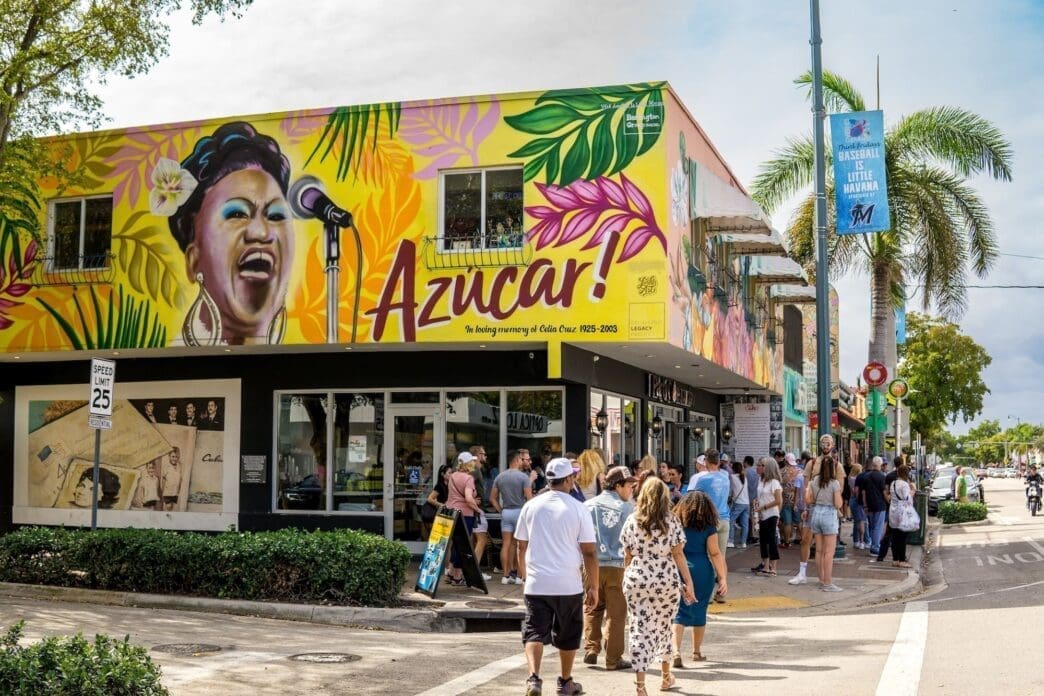As the heart of Miami’s immigrant Latino community, Little Havana stands as a signature of Cuban culture, offering an immersive dive into the rhythms, flavors, and spirit of its residents. An area deeply rooted in history, it captures both the essence and evolution of its diverse communities.
Little Havana, which became a welcoming enclave for Cuban exiles in the 1960s, quickly transformed from a predominantly Jewish neighborhood to a Cuban cultural hub by the 1970s. The streets, once lined with delis, saw the rise of panaderias with ventanitas, and salsa music filled the air. Recognized as a National Treasure by the National Trust for Historic Preservation in 2017, Little Havana continues to be a gateway for new immigrants from Central and South America, who contribute their unique cultural elements to this vibrant area.
Calle Ocho, the heart of Little Havana, offers visitors a concentrated look into this Cuban culture within a few blocks. Starting at the Visitor’s Center, tourists can explore cigar shops, guayabera stores, and live salsa venues. Noteworthy is Cubaocho, a venue that not only serves mojitos but also houses one of the largest collections of Cuban art outside Cuba. On the third Friday of every month, the neighborhood comes alive with Viernes Culturales, a celebration of art, music, and food that embodies the local spirit.

Access to Little Havana is best achieved via ride-sharing, buses, or the City of Miami Trolley, due to its street-parking-only policy. The Trolley, which runs from Brickell Station, offers a scenic route through historical areas, including the South River Drive Historic District, showcasing Miami’s oldest structures.
Cultural immersion in Little Havana begins with the local coffee, with ventanitas offering Cuban coffee that stands out. La Colada Gourmet is noted for its authentic Cuban beans. Visitors are advised to explore art at places like Futurama and Latin Art Core, indulge in culinary delights such as the famous Cuban sandwiches at Sanguich de Miami, and enjoy the vibrant local music and dance at venues like Ball & Chain.
The neighborhood holds treasures such as Domino Park, where seniors play dominos, and Los Pinareños Fruteria, famous for its fresh-pressed sugarcane juice. Little Havana also offers insights into the history of the iconic guayabera shirt at D’ Asis Guayaberas. As night falls, hotspots like Café La Trova offer both dining and dancing, completing the Little Havana experience with their renowned Cuban hospitality.
Little Havana remains a vivid testament to Miami’s rich Cuban heritage and a symbol of cultural diversity. Its streets offer a living history, where visitors can experience an authentic slice of Cuban life in the heart of Miami. From its food and music to its historic sites, Little Havana welcomes all who wish to partake in its lively and welcoming atmosphere.








